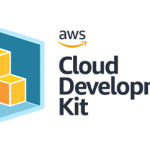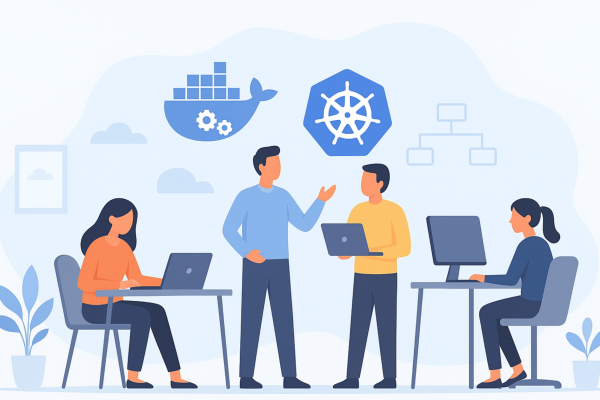Maximizing Cost Savings with an Efficient DevOps Team for Cloud Workloads
In today’s swift digital landscape, businesses are progressively adopting cloud infrastructure to improve scalability, agility, and efficiency. However, optimizing costs while leveraging the benefits of the cloud remains a key challenge. This is where a proficient DevOps team can play a vital role. By implementing cost-saving strategies and utilizing the right tools, a team can help organizations achieve significant savings on their cloud workloads.
In this blog post, we will explore how your DevOps team can contribute to cost optimization in the cloud.
Embracing Infrastructure as Code (IaC)
Infrastructure as Code is a powerful idea that permits you to determine and handle your infrastructure through code. By utilizing tools like AWS CloudFormation, Azure Resource Manager, or Terraform, your DevOps expert can produce recyclable templates for provisioning and handling cloud resources. With IaC, you can automate infrastructure provisioning and ensure consistent deployments, reducing the risk of manual errors and minimizing resource waste.
Continuous Integration and Continuous Deployment (CI/CD)
Executing CI/CD pipelines allows your team to automate the procedures of building, testing, and deploying applications. By simplifying the release cycle, you can reduce the time to market and eliminate costly manual processes. Continuous inclusion permits developers to combine code changes regularly, permitting quicker feedback loops and reducing the likelihood of large, error-prone deployments. Similarly, continuous deployment automates the release process, enabling quicker and more reliable deployments, ultimately optimizing resource utilization and minimizing costs.
Right-Sizing and Auto-Scaling
One of the substantial benefits of the cloud is its capability to scale resources dynamically built on demand. DevOps experts can analyze resource utilization patterns, identify underutilized or overprovisioned instances, and make necessary adjustments. Right-sizing involves matching resources to workload requirements, ensuring that you are not paying for unnecessary capacity. Additionally, by implementing auto-scaling policies, you can automatically adjust resource allocation based on real-time demand, optimizing costs without sacrificing performance or availability.
Monitoring and Optimization
Proactive control and maximization play a crucial role in cost management. Your DevOps automation team can leverage monitoring tools to gain insights into resource utilization, application performance, and cost trends. By examining this data, they can recognize areas of potential optimization, like identifying idle resources, optimizing database queries, or optimizing containerization. Implementing cost allocation tags and utilizing cloud provider cost management tools can also help in tracking and analyzing costs at a granular level.
Reserved Instances and Spot Instances
Cloud providers provide various pricing models, comprising reserved instances and spot instances, which can significantly reduce costs. Through Devops strategy your team can analyze workload patterns and identify instances suitable for reserved instances, which offer discounted pricing for long-term commitments. Spot instances, on the other hand, provide access to spare capacity at significantly reduced prices. By leveraging these pricing models intelligently, your team can achieve substantial cost savings while ensuring workload availability.
Serverless Architectures
Serverless computing permits you to implement code without having to provision or handle servers. By adopting serverless architectures, DevOps methodology can diminish infrastructure costs, as you only pay for the actual implementation time of your functions. Serverless additionally offers automatic scaling and load balancing, improving resource allocation. Nevertheless, it is essential to analyze your workload and consider the suitability of serverless for specific use cases.
Conclusion
A proficient DevOps specialist can be instrumental in maximizing cost savings for cloud workloads. By embracing Infrastructure as Code (IaC), organizations can automate infrastructure provisioning and ensure consistent deployments, minimizing manual errors and resource waste. Implementing Continuous Integration and Continuous Deployment (CI/CD) pipelines streamlines the release cycle, reducing time to market and eliminating costly manual processes. Right-sizing and auto-scaling allow for efficient resource utilization, matching capacity to workload requirements and adjusting dynamically based on real-time demand. Monitoring and optimization enable proactive cost management, identifying areas for improvement and leveraging cost allocation tags and tools provided by cloud providers. Utilizing reserved instances, spot instances, and serverless architectures intelligently can significantly reduce costs while ensuring workload availability. By implementing these devops solutions and leveraging the expertise of a skilled DevOps team, businesses can achieve substantial cost optimization in the cloud.
Author







